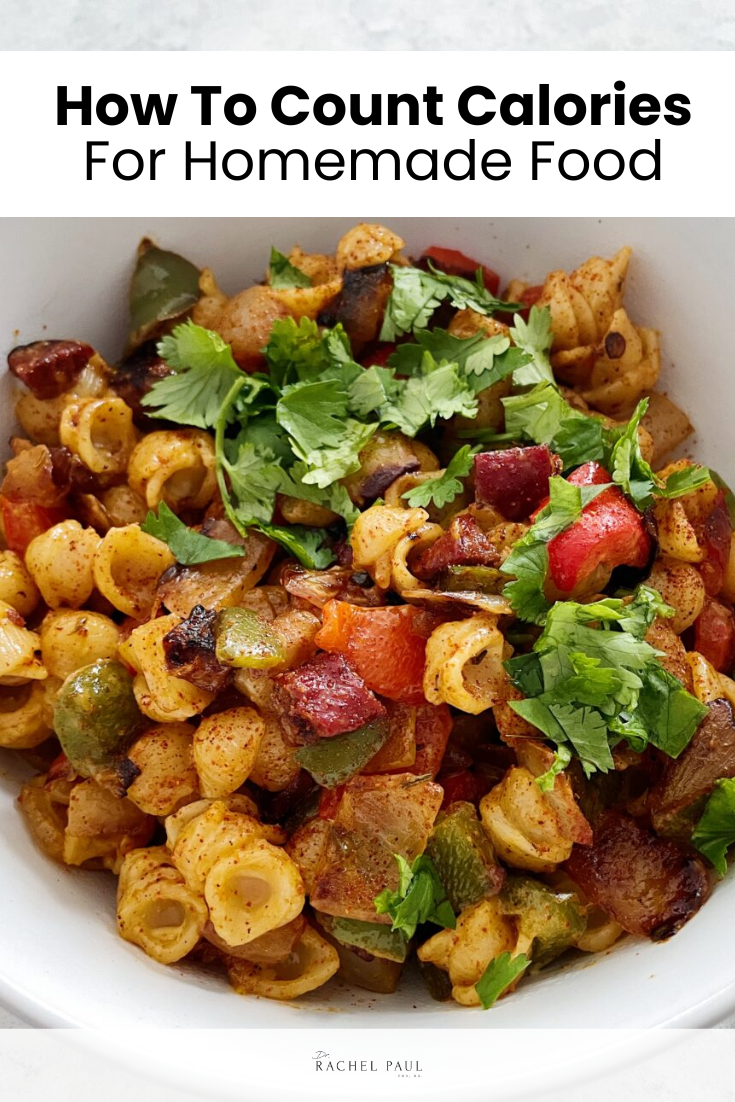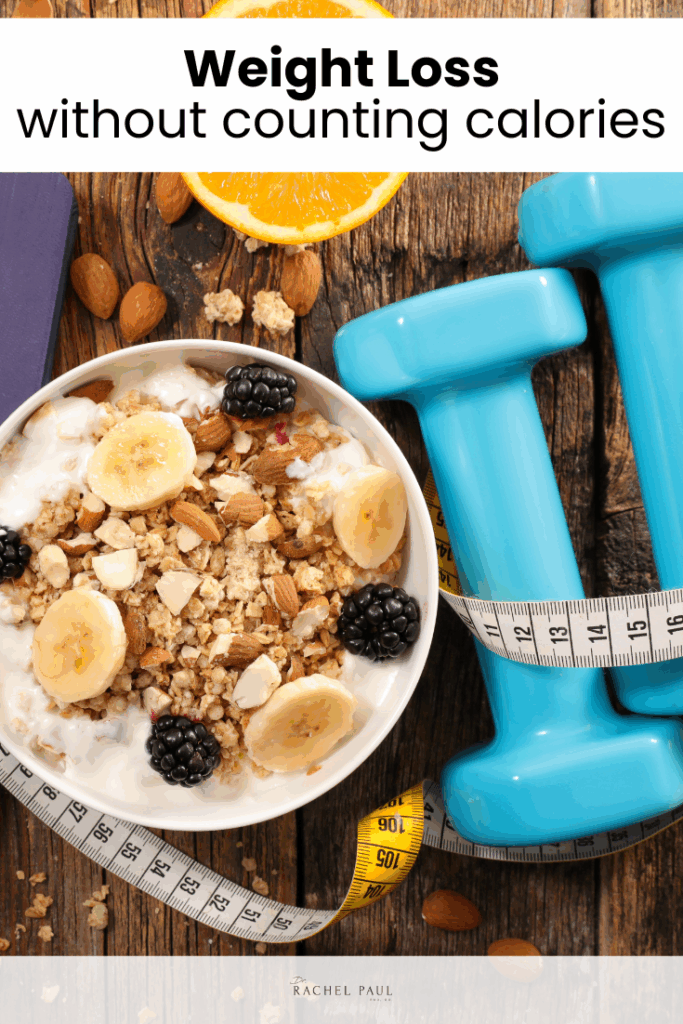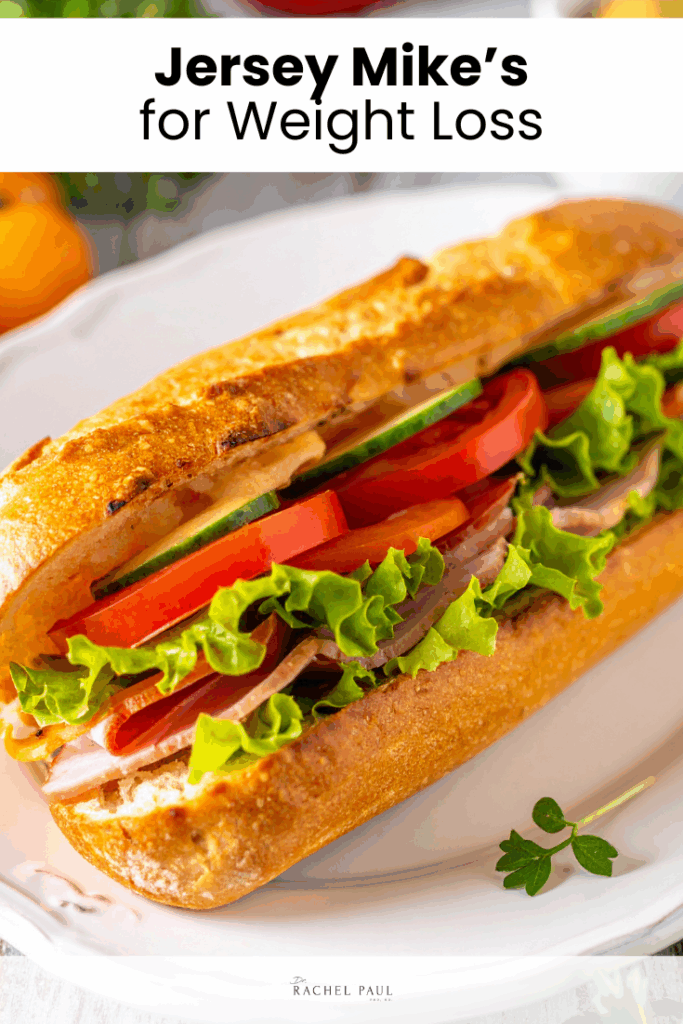The thought of losing weight is hard enough, and when you add in calorie counting, it can sometimes feel like a separate challenge in and of itself. Yet, counting calories is one of the popular (and most effective) ways for tracking your food and the caloric intake of what goes into your body. Counting calories of pre-packaged foods is easy. It can be done by simply reading the labels. However, counting calories in homemade food can be a more complicated process requiring precise measurements, food scales, and even a bit of research on the estimated calories of each food item.
Today, I’m sharing a practical guide to help make calorie counting your homemade food easier for you.
How To Count Calories For Homemade Food
Before we jump right into the ways for how you can count calories for homemade food, let’s discuss whether or not people should be counting calories in the first place and why that would be important.
Should You Count Calories When Trying to Manage Weight
Like with anything, there are pros and cons to calorie counting that everyone should know. Counting calories can be beneficial for some to help them gain awareness on the amount and types of calories they regularly consume, which leads to accountability and ultimately weight control. However, fixating on calorie numbers could be a harmful distraction away from focusing instead on the nutritional value and portion control.
So, it’s important that if you do calorie count to not obsess over the numbers and to instead also consider the nutritional value of food. For example, it’s good to opt for high volume low calorie foods, knowing that other outside factors like metabolism, activity levels, sleep, and stress all also play a significant role in weight management as well.
Does Calorie Counting Work for Weight Loss
Yes, calorie counting does work for weight loss due to the basic principle of helping you knowingly reach your goals of consuming less calories per day than you burn. Of course, it’s not a one-size-all solution and is a method that’s only effective in combination with other lifestyle changes like portion control and physical activity.
How To Calculate Calories In Homemade Food
If you’re ready to start calculating calories in your homemade food, it all comes down to these three main steps to help you can get started:
Purchase a food scale.
First thing’s first. Make sure you have proper measuring equipment such as measuring spoons, cups, and a food scale to accurately measure the portion size of your individual ingredients. Calorie calculation is all about precision. Measuring how much of each ingredient you’re adding to your dish so you can know how many calories per serving.
List the ingredients
Write down each ingredient you’ll be including in the recipe so you can have an accurate accounting of how many calories gets added.
Find calorie information
Did you know? There are apps available for smart phones which can automatically input the calorie calculation for individual ingredients. You scan the nutrition label information of the item or search for the food item on many calorie counting apps’ databases. I like using LoseIt or FoodIntake to help do a lot of the heavy lifting. You can create your own recipes in their system for your weekly favorites so you won’t have to consistently count the total calories in homemade food every time you eat the meal.
And if you can’t find a calorie counting app that works for you, don’t fret. You can always find the calorie information yourself through a quick search on the web or packaged ingredient information.
If you want to get a headstart on some of the best low calorie snacks, you’ll love this list of what we pulled together.


